Project consists of two tightly coupled parts:
- reverse engineering and documenting the DTR-1 to some degree (01 chapter)
- upgrading the DTR-1 to the maximum, using the available information (02 chapter)
Project goal if has three goals:
- obtain, organize and keep information about this outstanding platform/system
- create some hardware, that was not supposed by the vendor
- simply have fun!
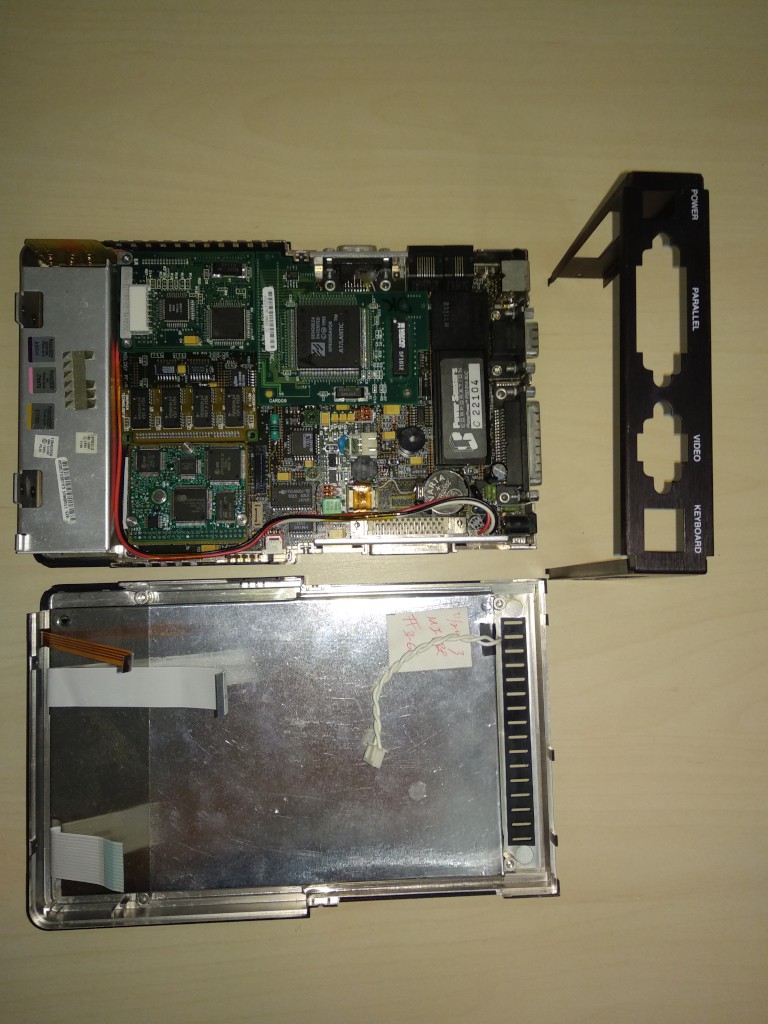
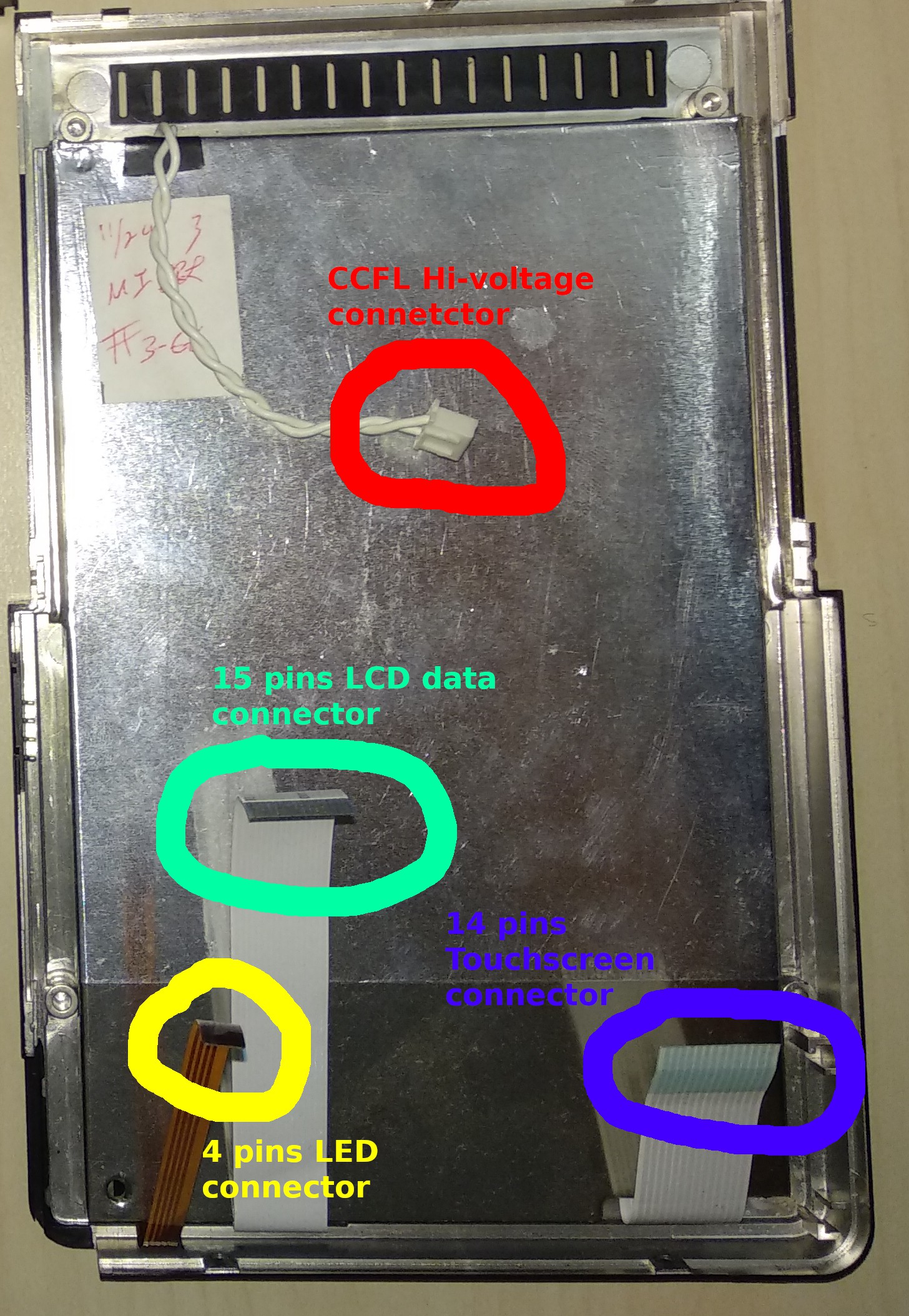
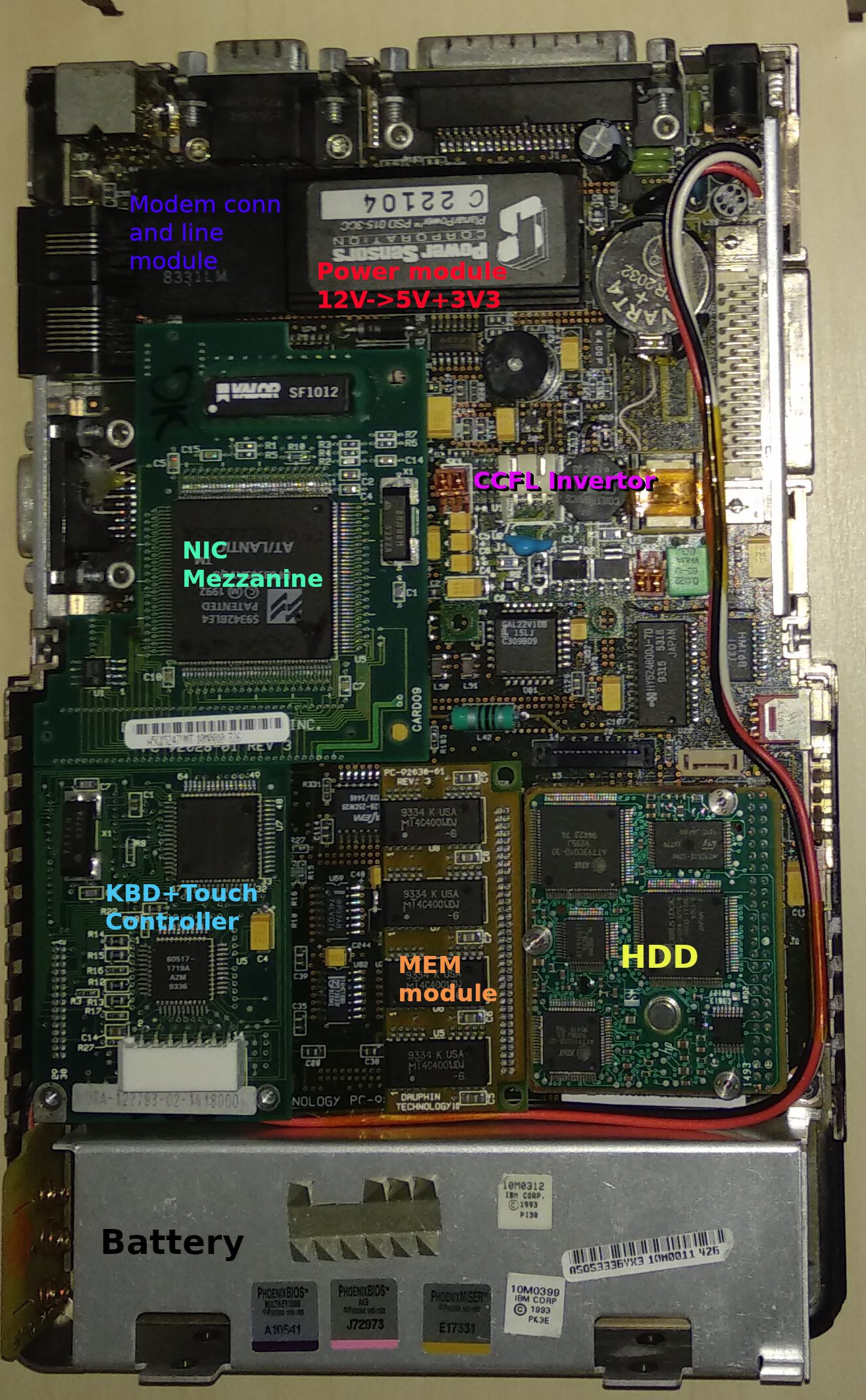
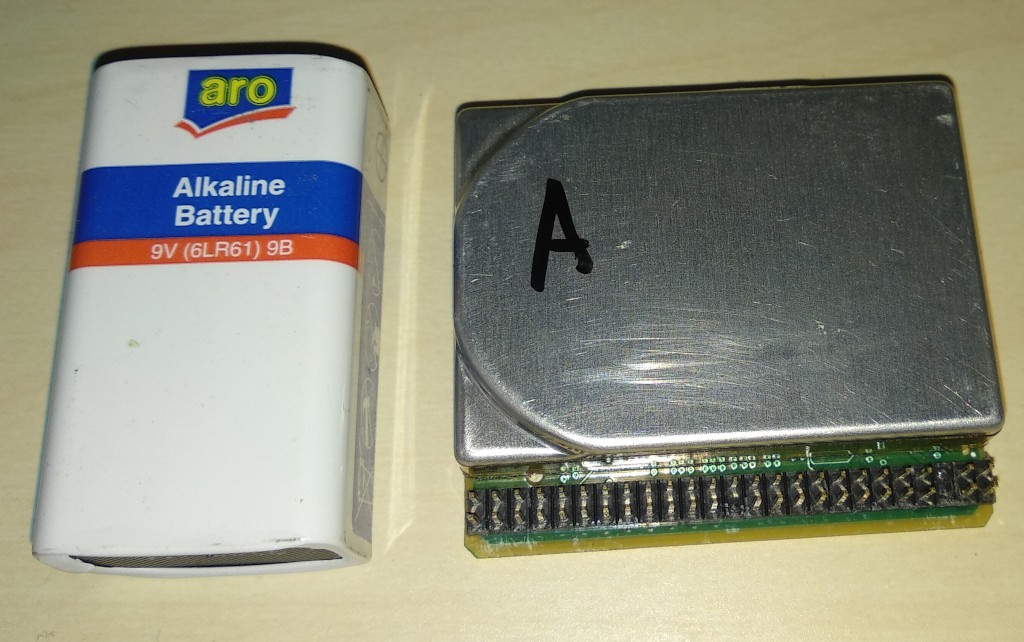

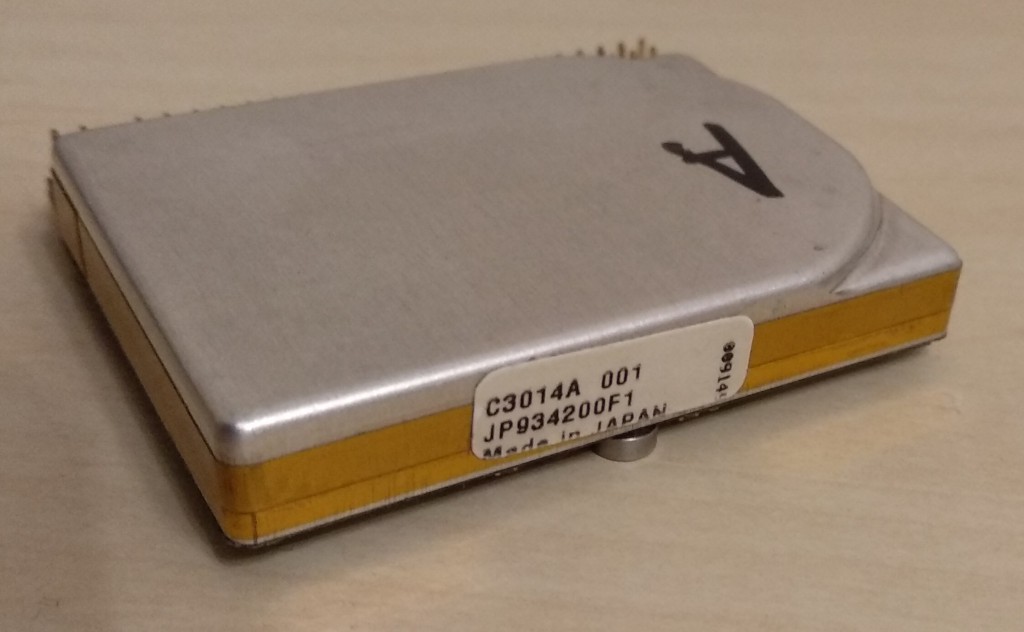 KittyHawk drive supports PIO modes only and do not support LBA. Moreover, LBA is not supported by BIOS code, so there may be problems with implicit translations, for example Linux's LILO do not work as the CHS-LBA translation done by LILO do not match the addressing, that BIOS can support.
KittyHawk drive supports PIO modes only and do not support LBA. Moreover, LBA is not supported by BIOS code, so there may be problems with implicit translations, for example Linux's LILO do not work as the CHS-LBA translation done by LILO do not match the addressing, that BIOS can support.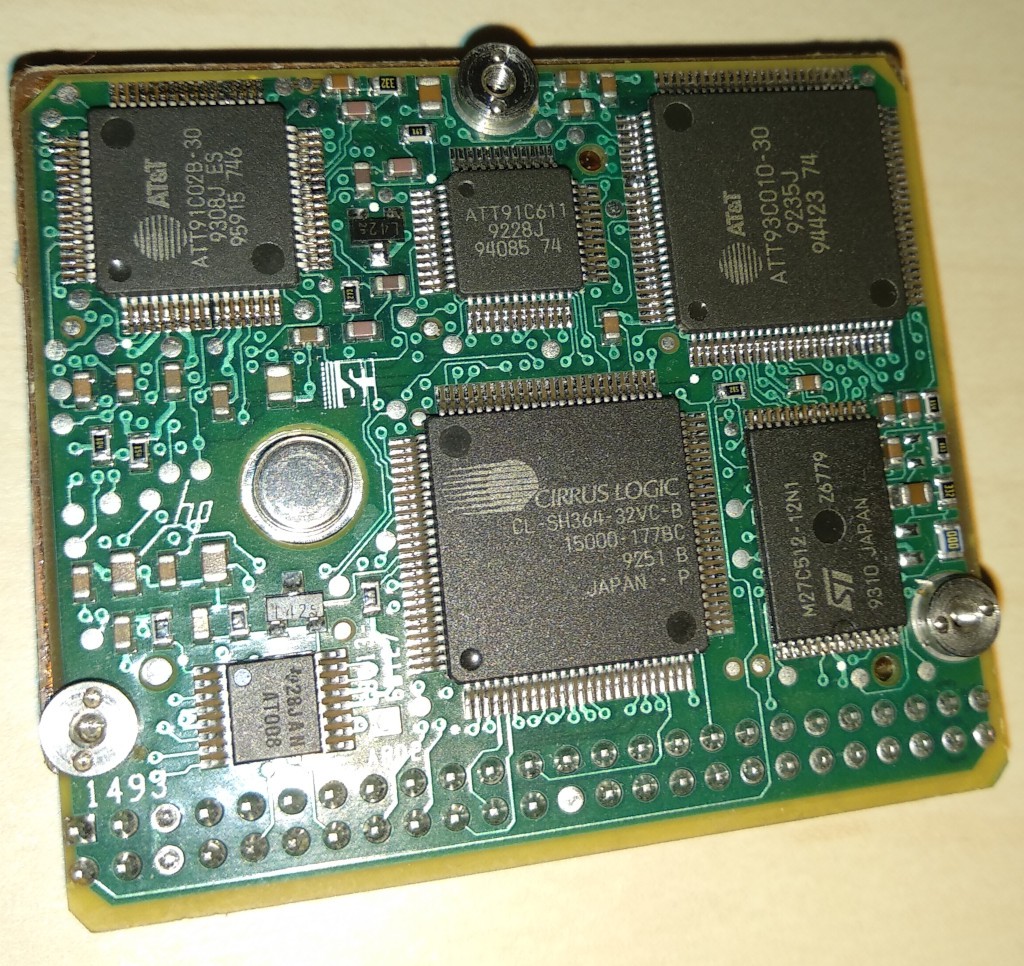
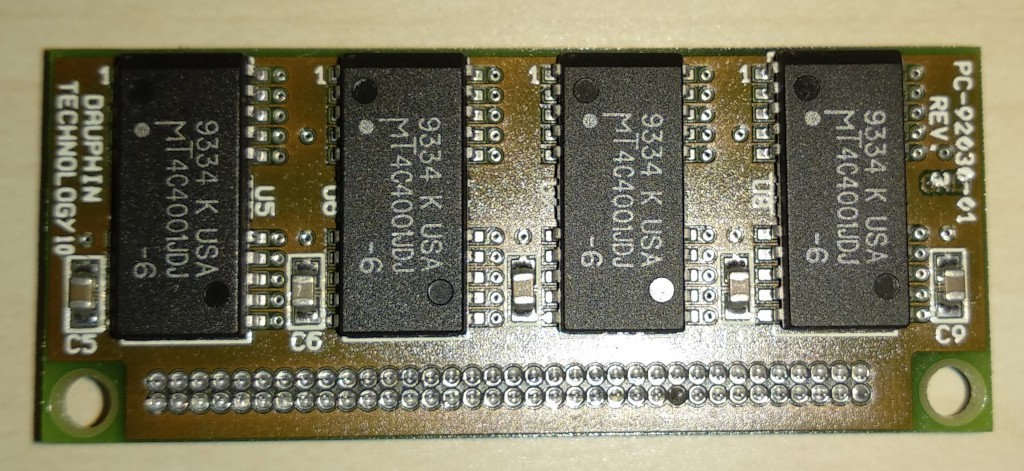
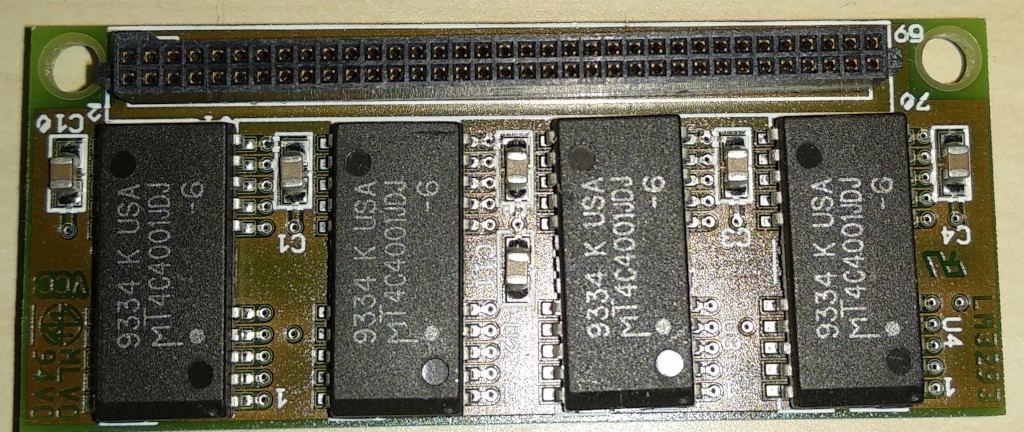
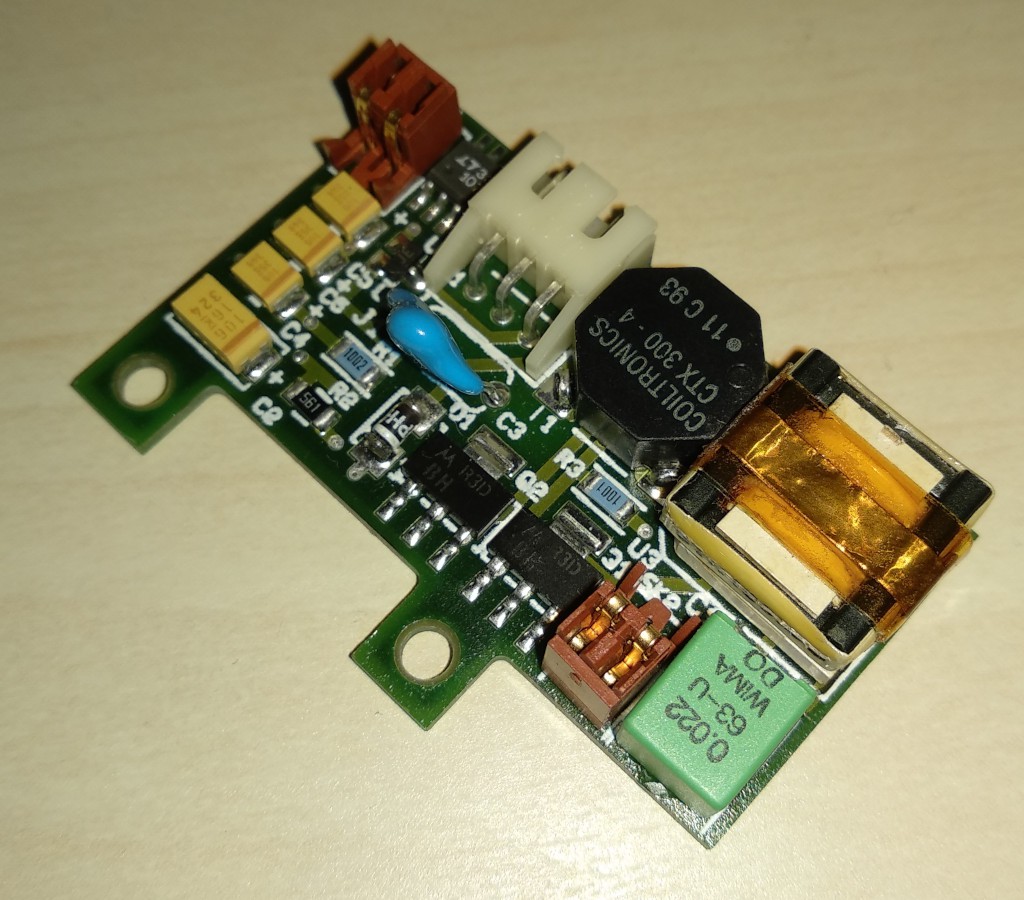
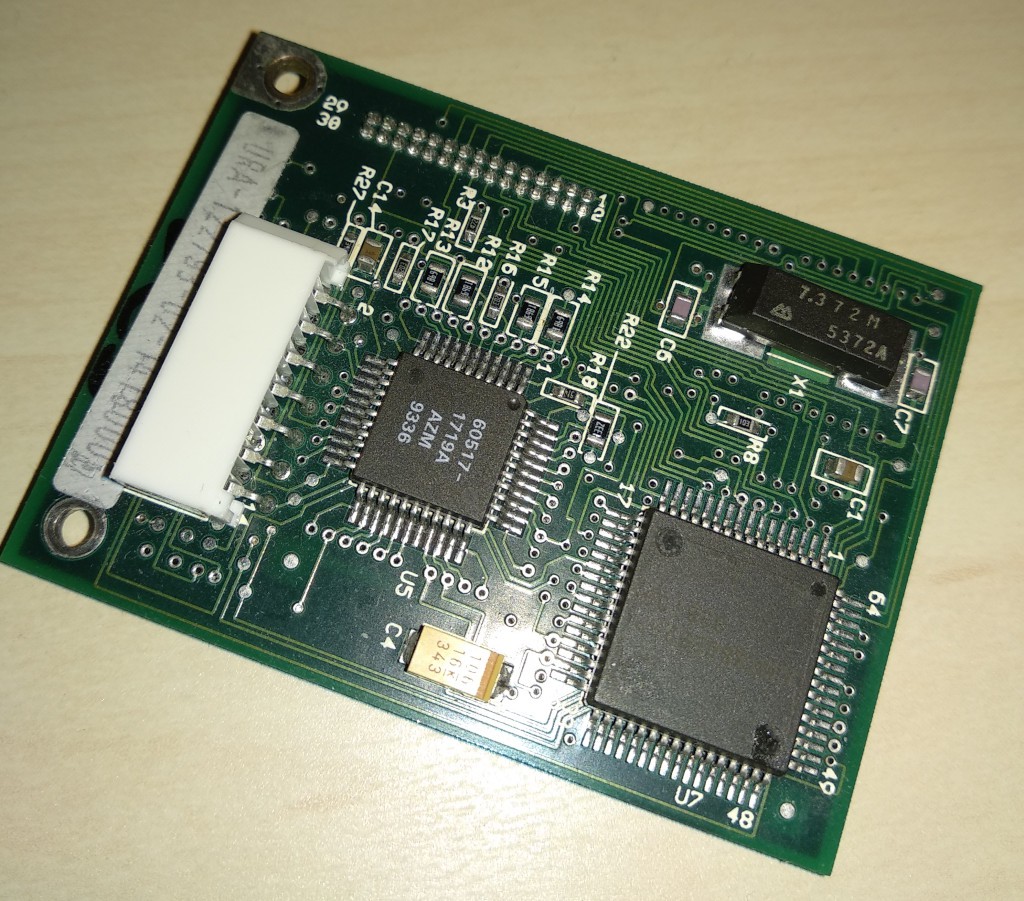
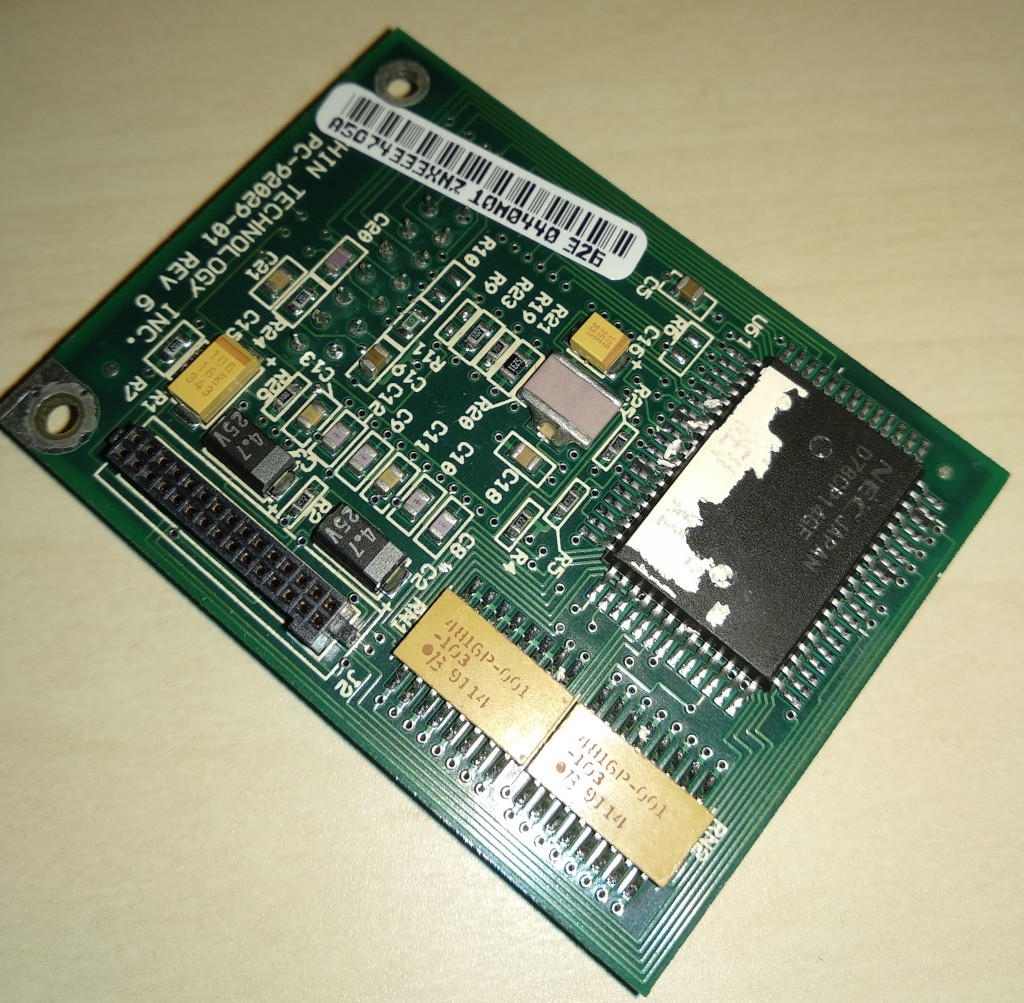
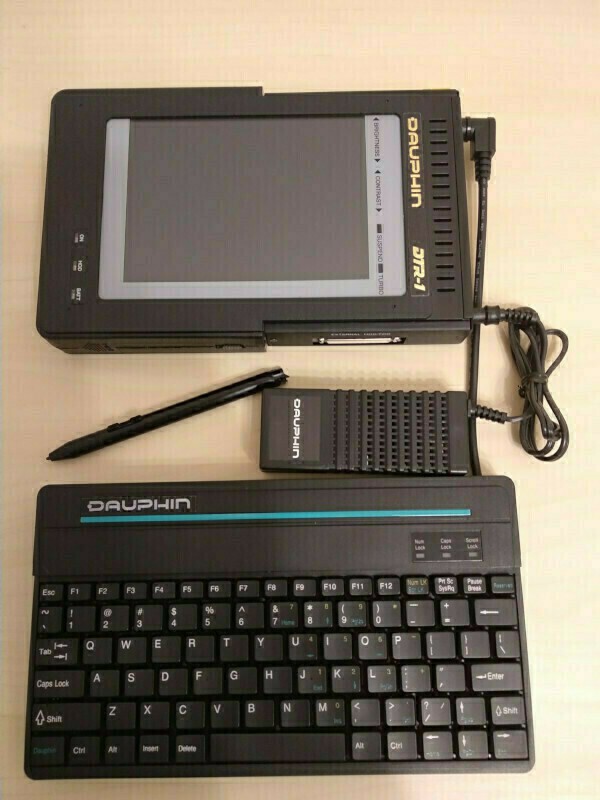
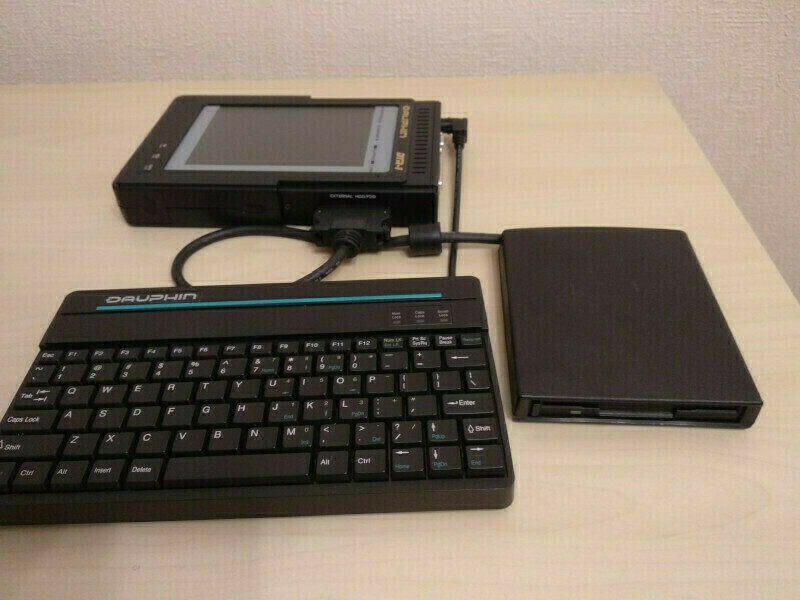
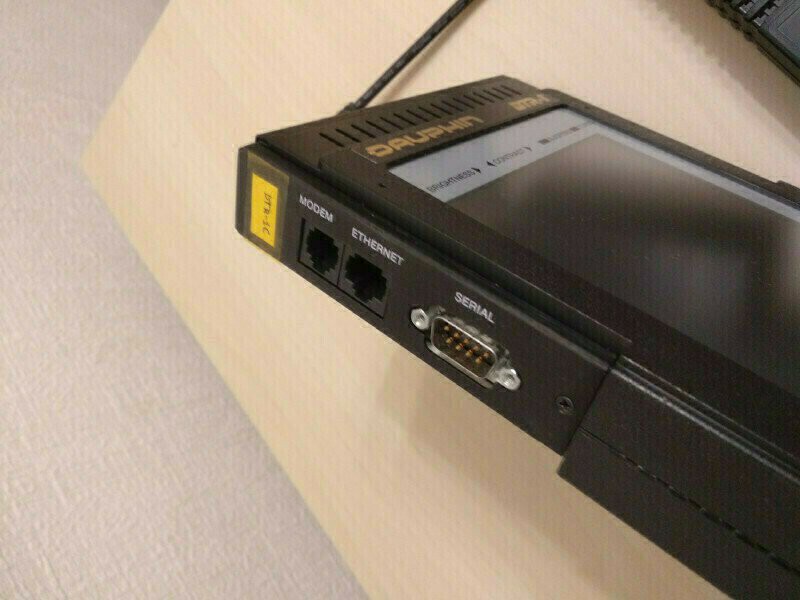
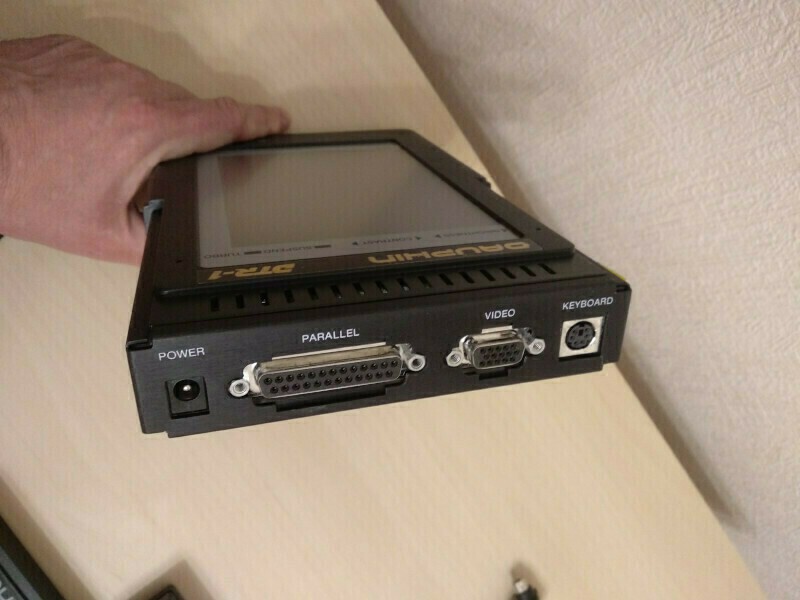
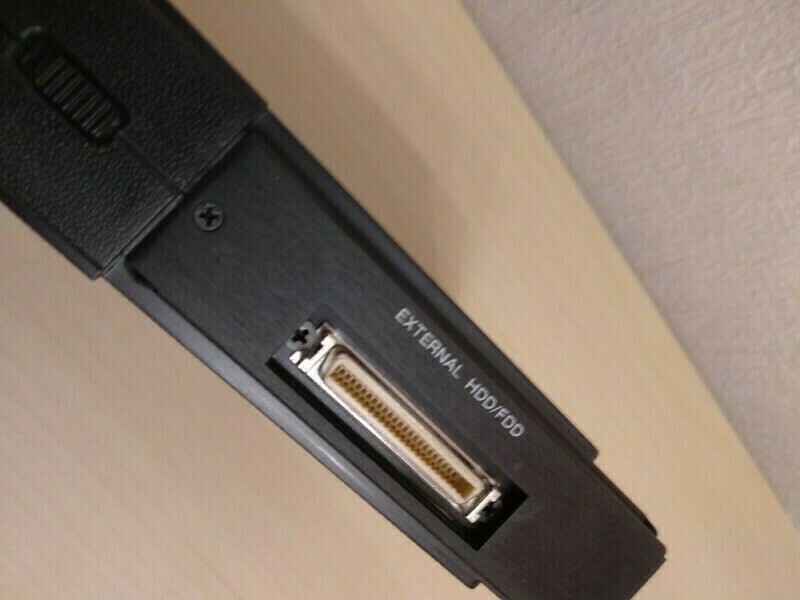 Custom FDD/HDD connector located with battery cover and power switch on the bottom side.
External HDD/FDD use high-density style 50pin connector, much like 68-pin connector
used for external LVD SCSI devices. Some pins shared between FDD and HDD and I suppose,
that connecting both at the same time may be impossible.
Custom FDD/HDD connector located with battery cover and power switch on the bottom side.
External HDD/FDD use high-density style 50pin connector, much like 68-pin connector
used for external LVD SCSI devices. Some pins shared between FDD and HDD and I suppose,
that connecting both at the same time may be impossible.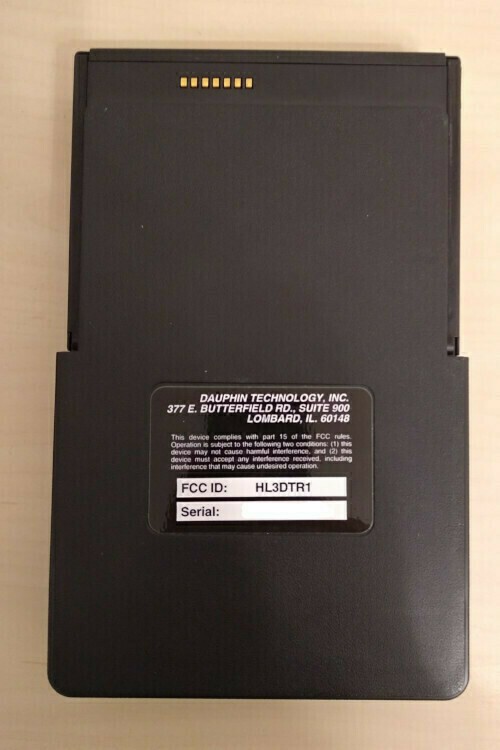
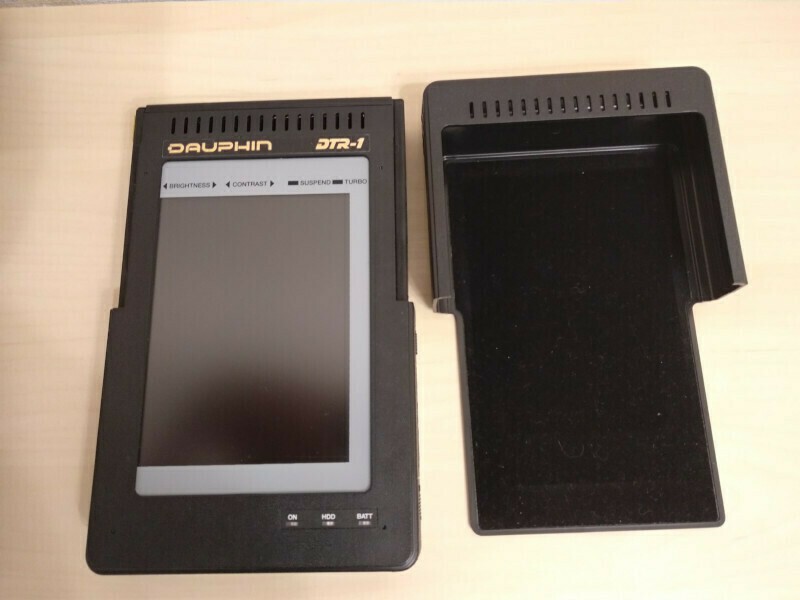
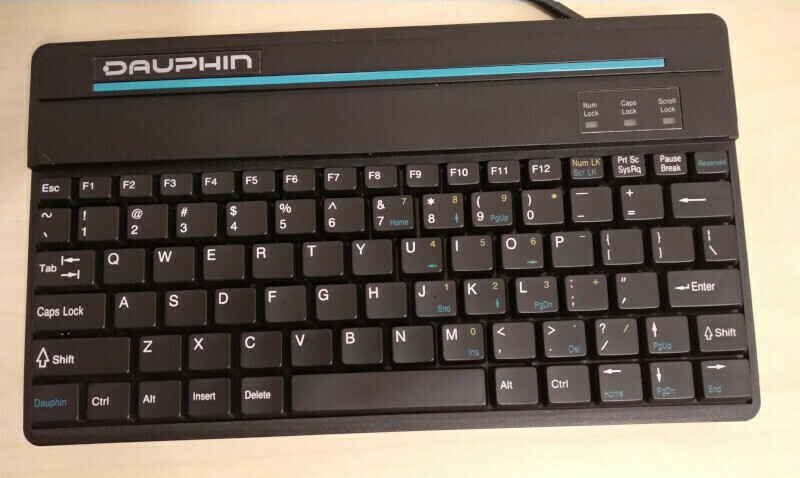
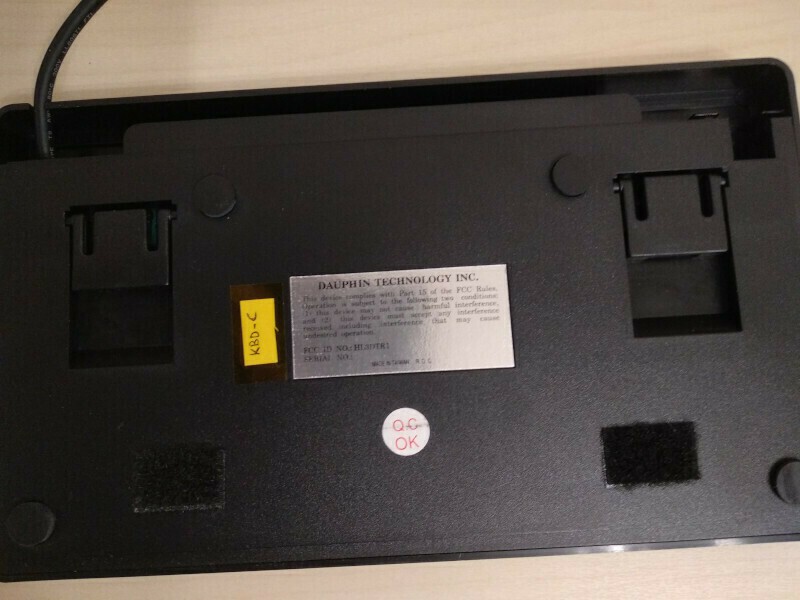
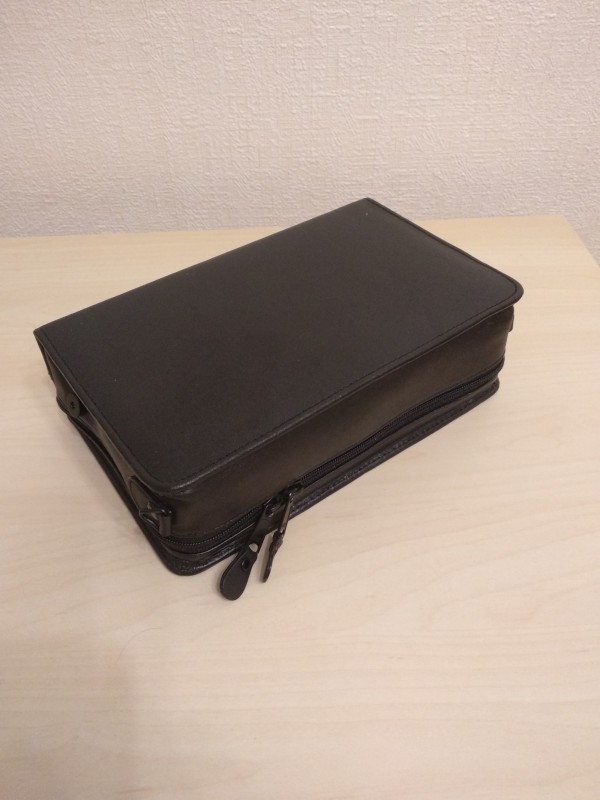
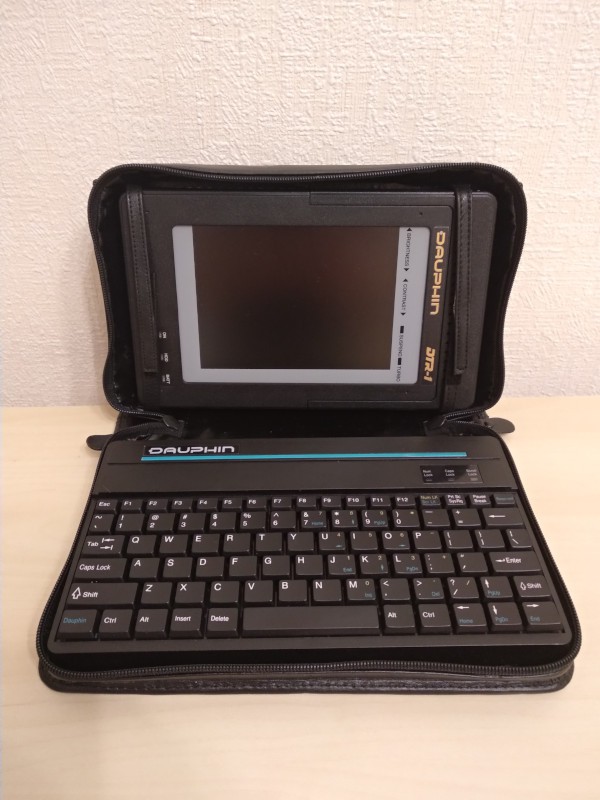
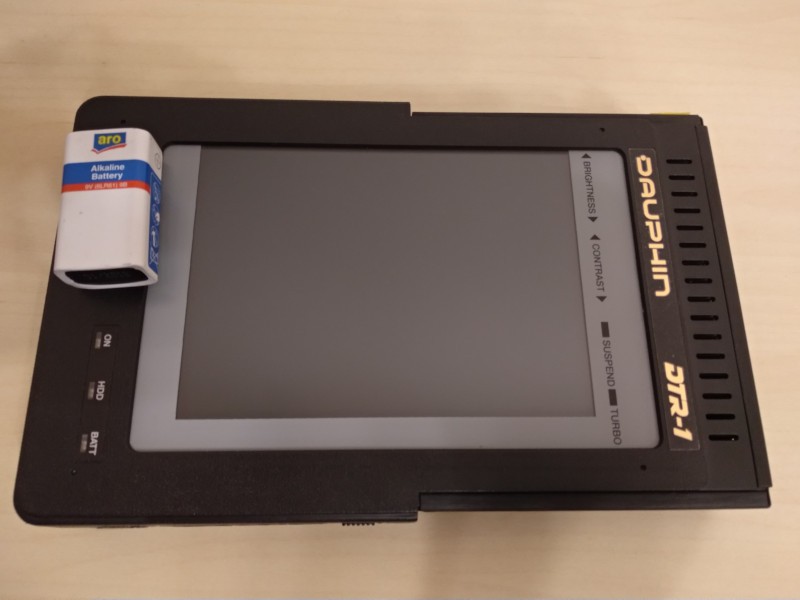


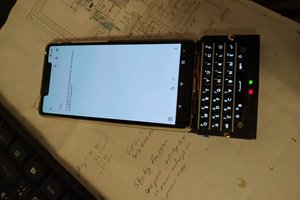
 kylemonti
kylemonti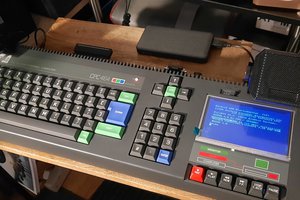
 Michael Wessel
Michael Wessel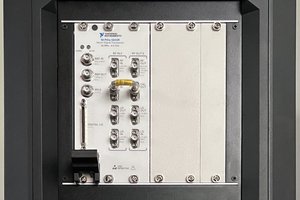
 Marsupilami
Marsupilami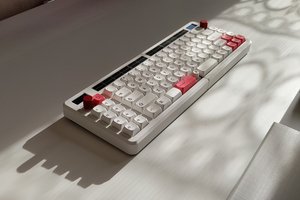
 Nguyen Vincent
Nguyen Vincent
How well would a right angle 44pin Apacer DOM work in place of the HDD, they have a very small footprint, smaller than SD or CF adapters, but I don't know it the pinout is in the right orientation or mirrored, you might also have to remove the female connector and solder on a male connector, unless the footprint would still be short enough using a 44pin female to male adpater (2x22 2.0mm pitch pin header set)